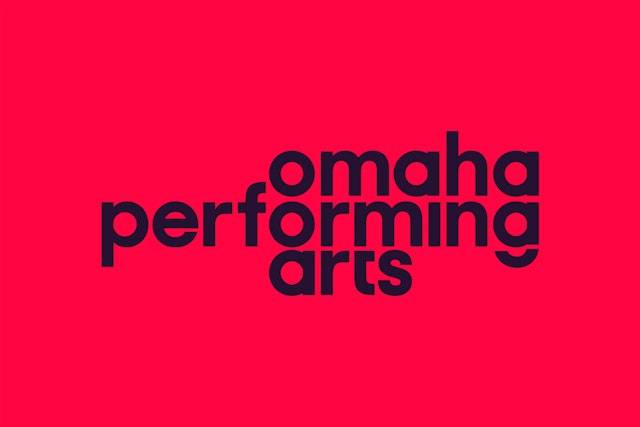
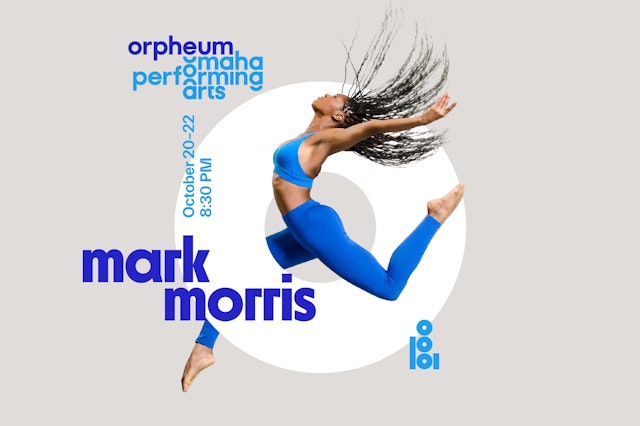
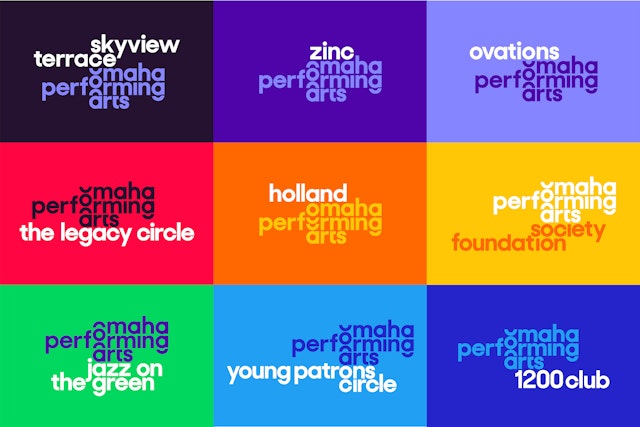
The framework is the first time O-pa has taken a comprehensive approach to its identity, bringing its programs and venues together visually as part of the same institution.
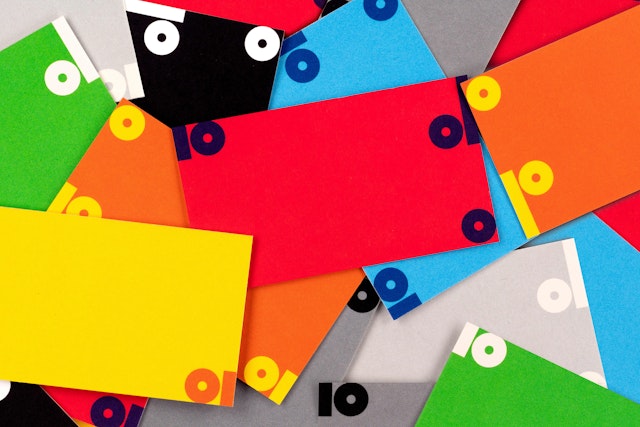
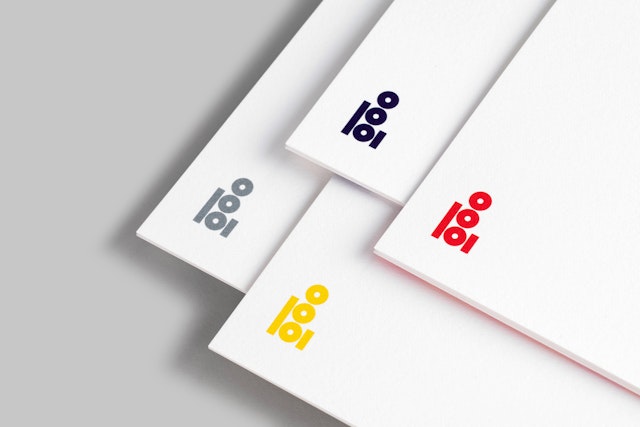
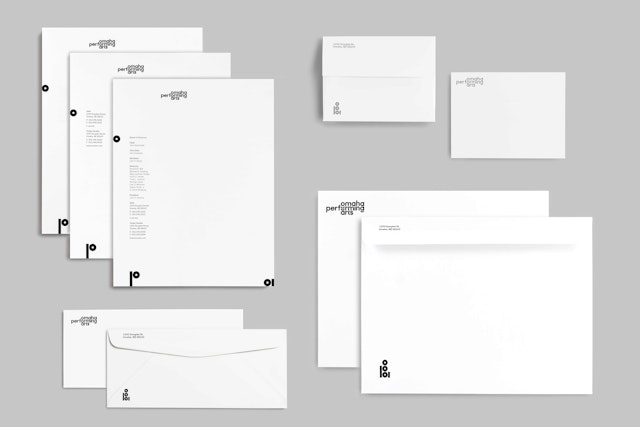
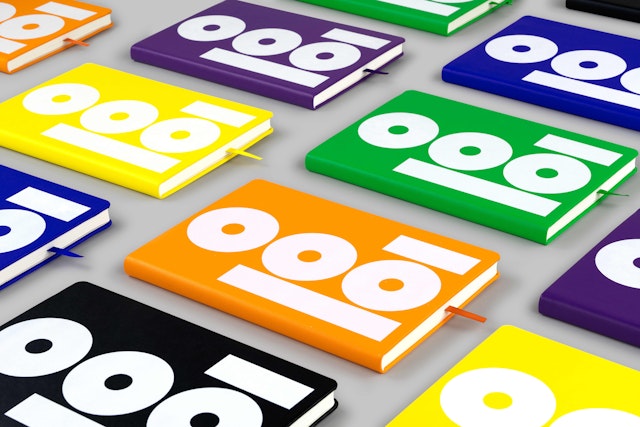
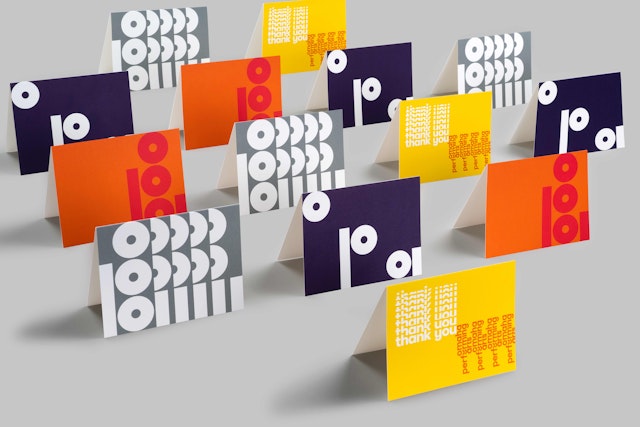
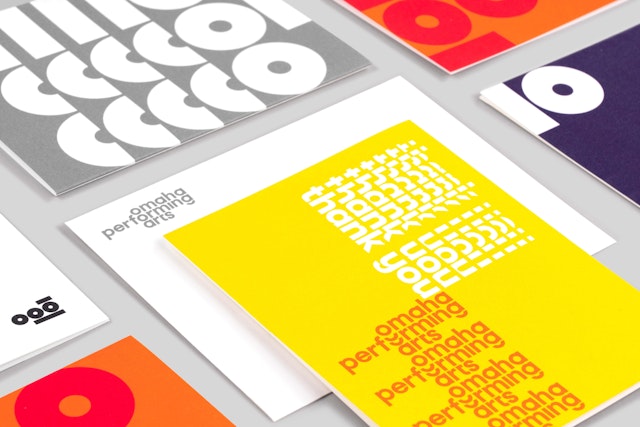
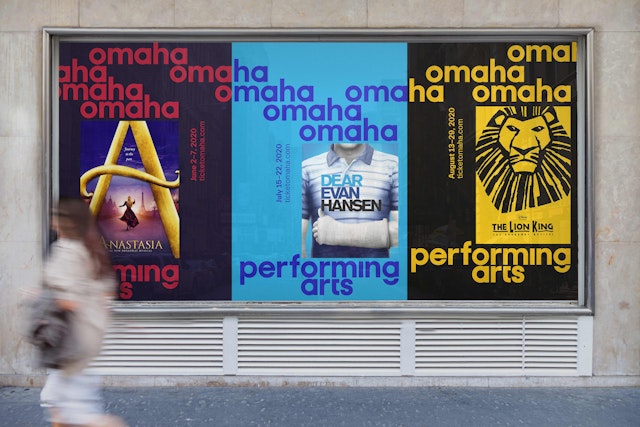
The identity is designed to inspire artists and audiences with a bold and colorful look that is immediately recognizable as O-pa.
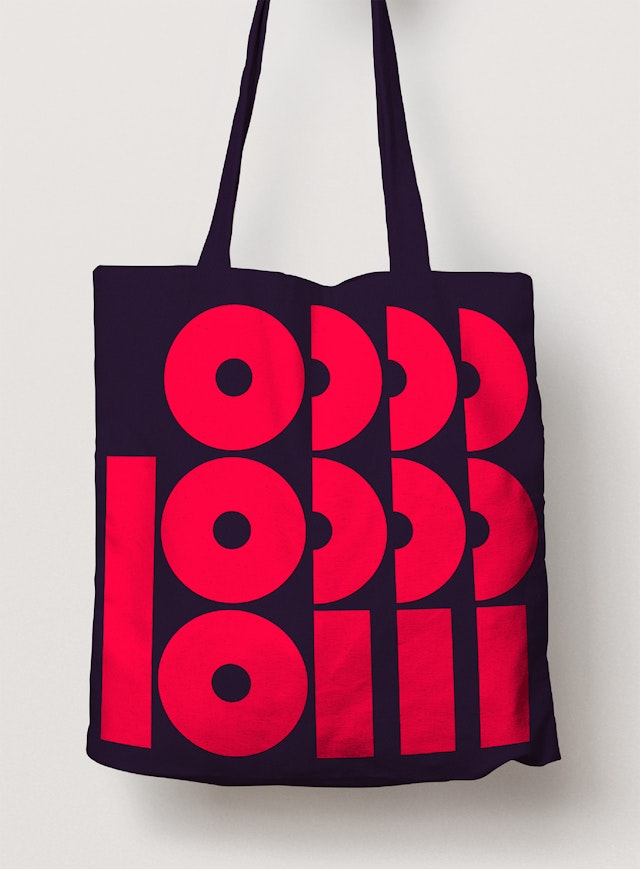
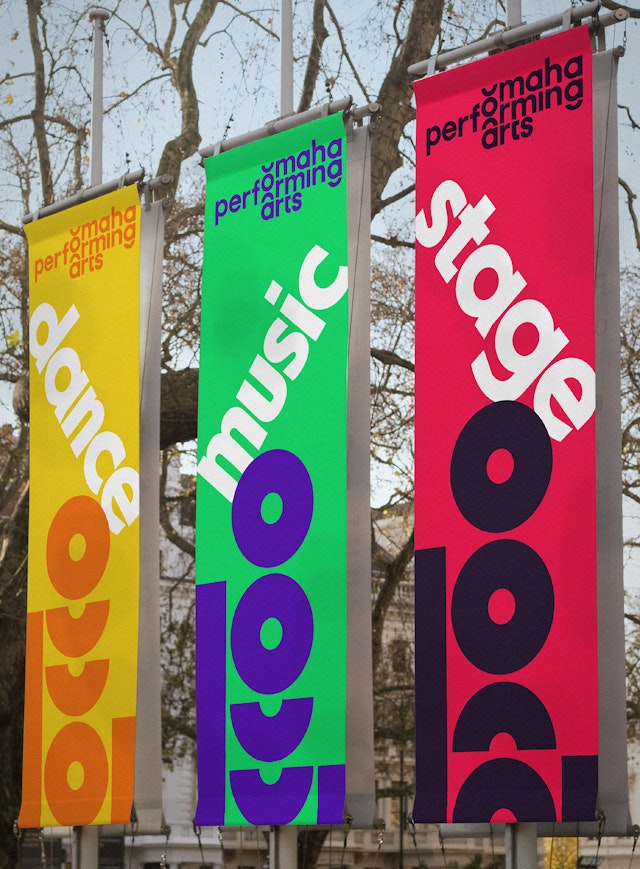
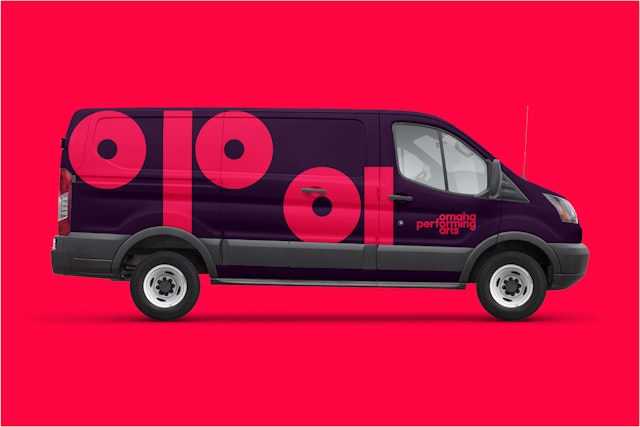
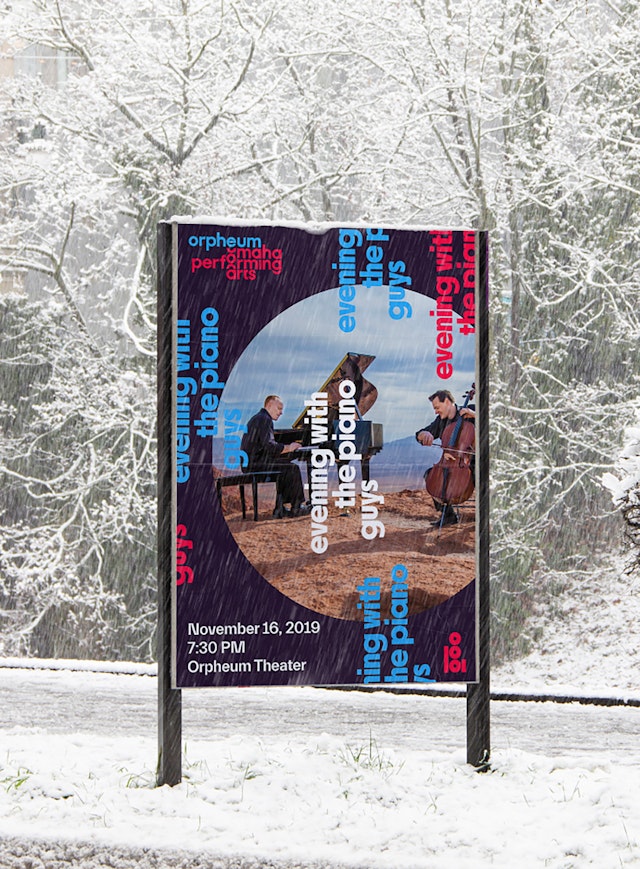

The visual language can move, play and dance, just like the performances that live on O-pa stages.
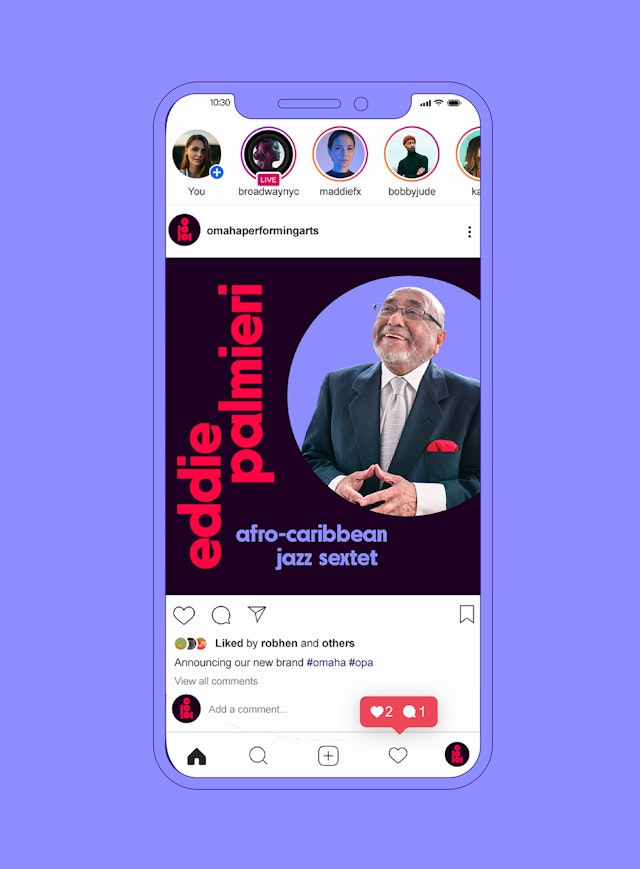

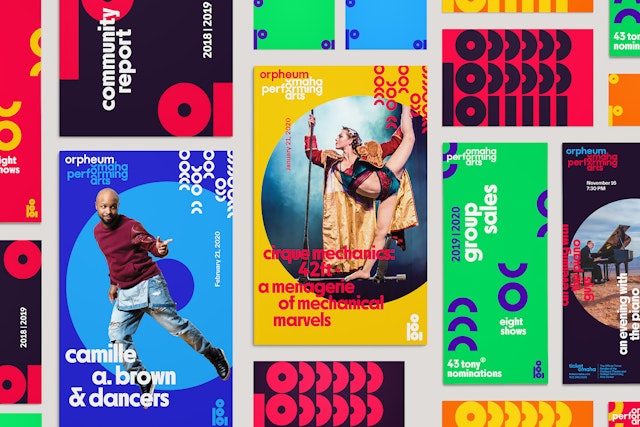
Omaha Performing Arts is the largest arts organization in Nebraska and one of the premier arts centers of the Midwest. The non-profit institution is dedicated to creating a vibrant arts and entertainment experience in the city and region, and presents the best of touring artists and local and national productions in jazz, dance, Broadway, blues, speakers, children‘s theater and more. It encompasses and oversees other entities, including the Orpheum Theater and the Holland Performing Arts Center, as well as Ticket Omaha, its ticket retailer.
Pentagram has designed a new brand identity framework for Omaha Performing Arts, now shortened as O-pa, that captures the vibrancy of its programming and the joy and energy of performance. The dynamic visual language is forward-looking and contemporary, and has a friendly approachability in keeping with O-pa’s Midwestern roots. The framework is the first time O-pa has taken a comprehensive approach to its identity, and it brings the programs, sponsors and venues together visually and makes them more recognizable as part of the same institution.
The Pentagram team worked closely with leadership at O-pa to develop the framework, which included brand strategy and positioning, and the new take on the name. Omaha aspires to become an arts destination for the Midwest, and O-pa is an important part of the city’s ongoing cultural renaissance, welcoming more than 500,000 people to the Holland Performing Arts Center and Orpheum Theater each year. The new identity coincides with a planned expansion of the O-pa campus on the Omaha riverfront by Ennead, who also designed the Holland Center. O-pa also offers a broad range of education and community engagement activities that reach a wide and diverse audience across the state.
The framework helps position O-pa as a world-class brand as it seeks to attract artists and performers. The organization is welcoming and inclusive, with a commitment to providing everyone with access to the arts and all kinds of performance. It needed a flexible identity that would help open it up to different performance contexts and encourage a sense of connection within the institution, its audiences, the city and beyond.
This sense of accessibility comes through in the new name. The organization has long been colloquially known as OPA, which is now stylized in text as O-pa to help with pronunciation and emphasize the “O” of the identity. The abbreviation is memorable and easy to say (and has the added association of being the Greek word for celebration).
The brand identity framework is designed to inspire both artists and audiences with a bold and colorful look that is immediately recognizable as O-pa. Each of the names of the institution’s four core entities––O-pa, Orpheum Theater, Holland Performing Arts Center, and Ticket Omaha––contains the letter “o.” This “o” is the foundation of the brand, where it proudly stands for Omaha, embodies the movement of performance and symbolizes the concept of community.
The logomark stacks three circles and adds bars at the sides to form a lowercase “o,” “p” and “a” as an abstract monogram. The mark is strong and balanced and shows what O-pa does––perform. By separating into three distinct letterforms, the logo can move, play and dance, just like the performances that live on O-pa stages.
The full name is represented with a striking wordmark that takes its cue from the signature “o” and the stacking of the logomark by lining up the rounded letterforms in the three words. This row of circles can be shifted within the logotype for a sense of movement and to emphasize the circular forms in the typography. The logomark and wordmark can be repeated in graphic patterns that evoke waves of sound and motion, and a bright and modern color palette brings the brand to life.
The wordmark is set in Sharp Sans No. 2 Bold (designed by Sharp Type), a friendly and approachable geometric sans serif with sleek and minimalist forms. It is joined by a pair of sans that echo the qualities of the O-pa mark to create a sense of harmonization across the brand: Primary typography appears in Next (designed by Ludovic Balland and available from Optimo), a geometric font with a humanistic character. Secondary type is set in the versatile grotesque Everett (designed by Nolan Paparelli), ideal for copy because of its readability.
The identity has the range and flexibility for all kinds of performing arts: It can be exuberant and creatively playful, or smart, serious and institutional when it needs to be. The “o” is the unifying symbol across all platforms and expressions of the brand, from posters and show materials to animated digital ads and social media. The letter can be reconfigured to perform in layouts and interact with photography, or become a container to hold imagery. The identity can also serve as a surrounding structure for the graphics of individual shows, like the Broadway hits that travel to O-pa.
The logotype provides the basis for a cohesive brand architecture that ties together O-pa’s venues, programs and initiatives. Lockups for sub-brands place their names above or below the O-pa logotype, lining up the rounded letterforms in the names. The arrangement highlights the sub-brand while still keeping it integrated in the wordmark, strengthening the recognizability of the core identity in a system that can expand and evolve along with O-pa.
Office
- New York
Partner
Project team
- Ken Deegan
- Pedro Mendes
- Mary Kate Henry
- Nicholas Claure
- Xinle Huang
- Paul Yoon
- Jack Collins
- Dana Reginiano
- Saundra Marcel
- Halle Hewitt
Collaborators
- Sasha Chertok, animation
- Tommy Simpson, sound design
